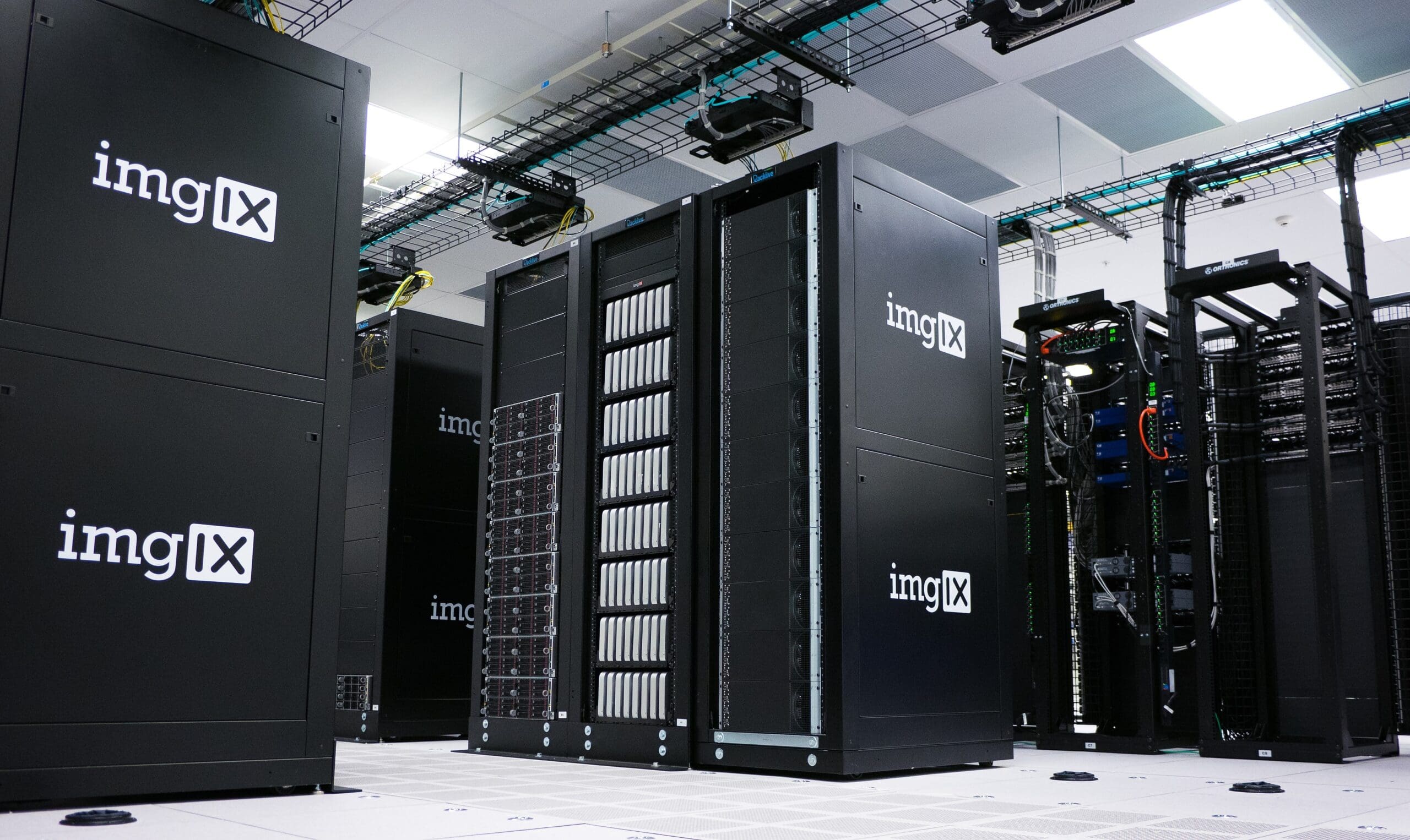A lot has been written about ESG and how you evidence to customers that it’s at the forefront of your proposition. What is not so well documented are the impacts of data storage within Wealth Management and the impact – for good or bad – on the environment. Can companies be trusted by clients on their ESG propositions when their own house isn’t in order?
The wealth and finance industry has a large (and rapidly growing) data footprint. Whether that be customer and transactional data stored by a wealth management firm or ESG data which is recorded and stored. Data is also a surprisingly large contributor to carbon emissions – thanks to the physical computers that anchor the cloud. But it is possible to address and minimise these deeply hidden emissions.
As cloud-based data storage increases, so too does the cloud’s environmental footprint. With tech sector energy consumption at unprecedented levels, aided by the rapid expansion of cloud computing it should come as no surprise that Greenpeace has estimated that ‘by 2025, the technology sector could consume 20% of the world’s total electricity’. It is currently at 7%.
Wealth management companies will be part of this expansion. They will need to be more conscious than ever, around how they contribute to the increase of data storage across the industry. This includes understanding both where & how they are storing their data.
Cloud computing is becoming ubiquitous in our lives, over 3.6 billion people use it in one guise or another. Office 365, Google Drive, Dropbox and even Netflix are examples of large cloud computing services. From a provider perspective, the big names are Microsoft Azure, Google Cloud and Amazon Web Services.
Data storage in general, whether using on-site servers or cloud computing has always been an energy intensive area of IT. Cloud computing in particular, uses both masses amounts of energy as well as vast amounts of physical space.
With data now being involved in everything we do on a day-to-day basis – in work or at home – we will soon have created 10 zettabytes of data (1 zettabyte is equal to 1 trillion gigabytes). Technological solutions are only increasingly being used across all facets of life – whether in smart homes, for more efficient agricultural methods to feed growing populations, or in the move to Electric vehicles (basically giant computers with wheels!). This will only result in more data…
Data centres account for 2% of the world’s electricity consumption, with a steep rise expected over the coming years (a subset of the 7% the technology sector currently consumes). Yet, it is not just the masses amount of electricity these use that is a cause for concern. They also emit a large amount of heat which is the reason data centres are located in either cooler climate areas, or in large inefficient air-conditioned warehouses (the cooling element of data centres amounts to around 40% of the total energy they use).
It is not only a direct issue of energy consumption and emissions caused by the centres themselves, with precious metal being used in the manufacturing process, including copper, silver and gold. This has large knock-on effects, increasing the demand for these materials to be mined, as well as the transportation of metals and even the servers themselves – most arriving from eastern Asia.
All of this should prompt a review by wealth managers as they form part of Scope 3 emissions, under the UK’s environmental reporting guidelines, and must be assessed and disclosed. Alongside a company’s commitment to recycling, it should be their obligation to consider the way in which they hold and store their data.
For the time being, it is almost impossible to completely power a data centre with renewable energy. However, a lot of providers are attempting this, with some centres currently powered by over 50% solar or wind. Alongside this, there are also other methods in which data centres can become more sustainable, for example, reducing the waste of energy (such as heat energy) and also increasing performance through continuous technology innovations.
Any wealth management companies wishing to address their carbon footprint should review whether there is a greener cloud storage solution. Many have taken significant steps in recent years to provide paperless propositions as well as increasing the number of employees working from home in order to reduce their environmental impact, but this will only increase their need for cloud services.
More attention should be paid to understand which data is appropriate and needs to be stored and which doesn’t. If this was done on a wider scale, it could have a large-scale impact on combating the increased need for cloud storage and detrimental effects on the environment.
Just because the use of cloud computing is a normal part of business operations doesn’t mean that individual companies should ignore their personal impact on the environment as a user of it. First, do you know who your cloud provider is – most likely it is multiple providers? Secondly, what are they doing to mitigate or reduce their environmental impact? Finally, how can you engage with your providers to find ways to be more efficient in your usage and in encouraging them to find ways to be more efficient?

Tom Cassidy
Junior Wealth Consultant














































































































































































































